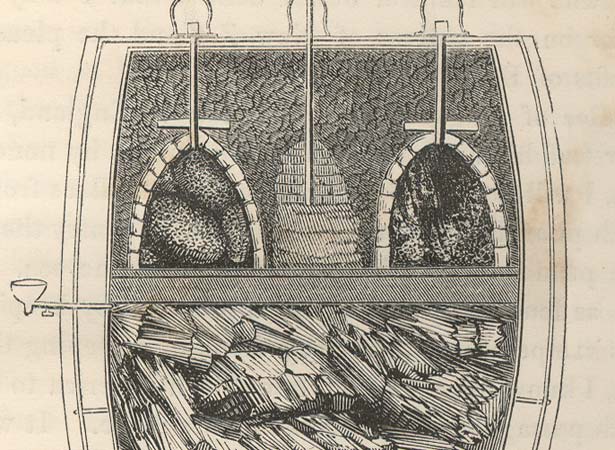
Mary Bumby, the sister of a Methodist missionary, was probably the person who introduced honey bees to New Zealand. She brought two hives ashore when she landed at Mangungu Mission Station in Hokianga in March 1839.
While New Zealand had two native species of bees, neither was suitable for producing honey. The Reverend Richard Taylor, Eliza Hobson, James Busby and William Cotton were all early hive owners. In 1848 Cotton wrote a manual for New Zealand beekeepers, describing the basics of bee husbandry and honey production.
The New Zealand bush proved to be a hospitable environment for bees, and the number of wild colonies multiplied rapidly, especially in the Bay of Islands. Isaac Hopkins, regarded as the father of beekeeping in New Zealand, observed that by the 1860s bee nests in the bush were plentiful, and considerable quantities of honey were being sold by Māori – the country’s first commercial beekeepers.
In the late 1870s, the production of honey in New Zealand was stimulated by the introduction of the Langstroth hive, the moveable-frame beehive model still used today.
External links
How to cite this page
'Honey bees brought to New Zealand', URL: https://nzhistory.govt.nz/mary-bumby-brings-the-first-honey-bees-in-new-zealand, (Ministry for Culture and Heritage), updated 17-Feb-2023
